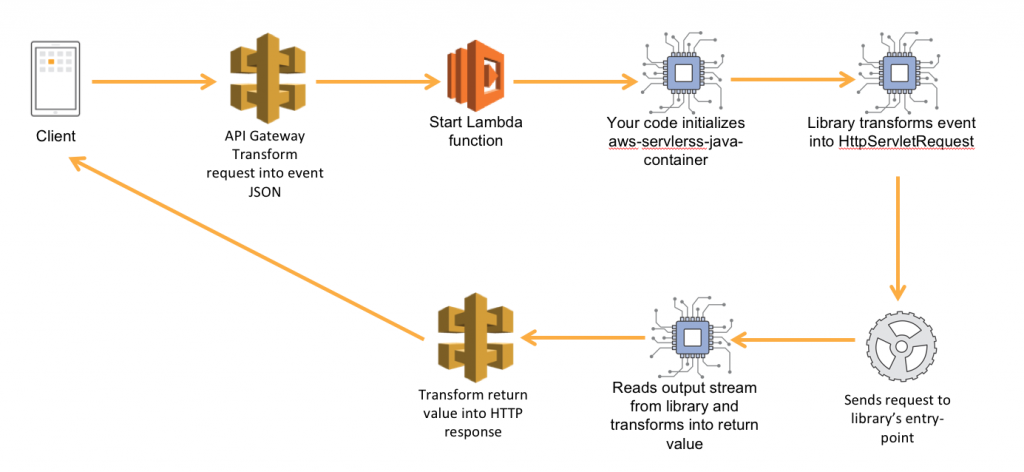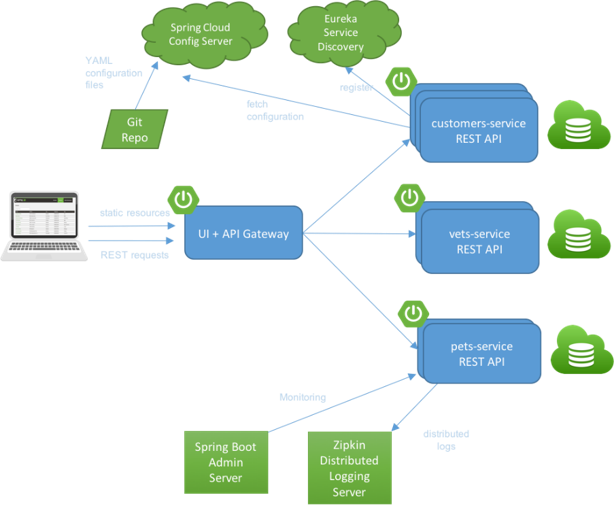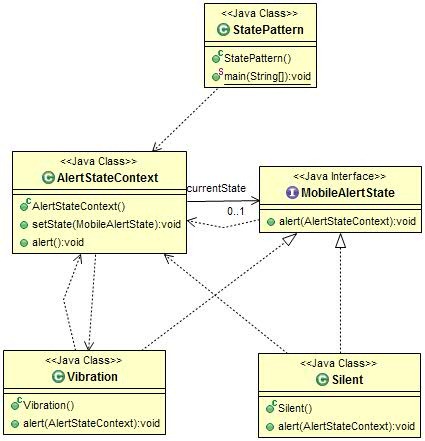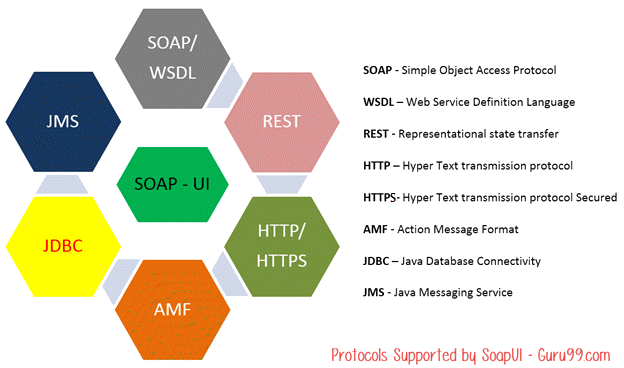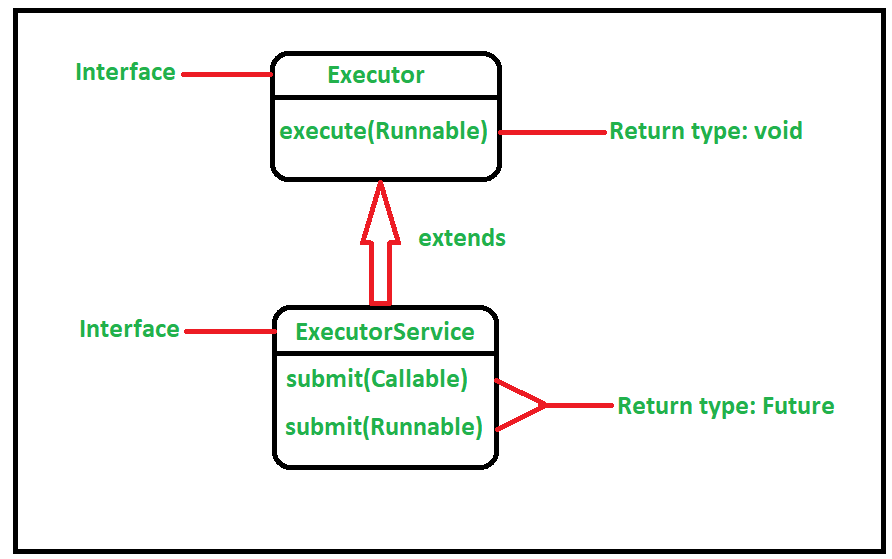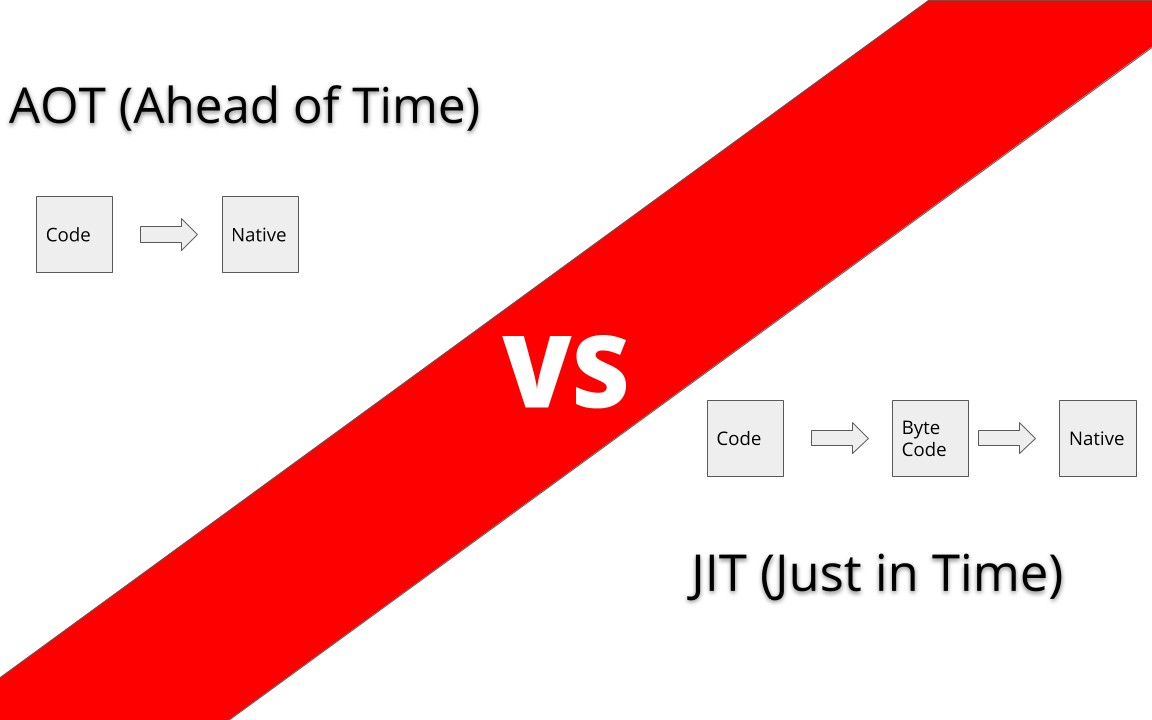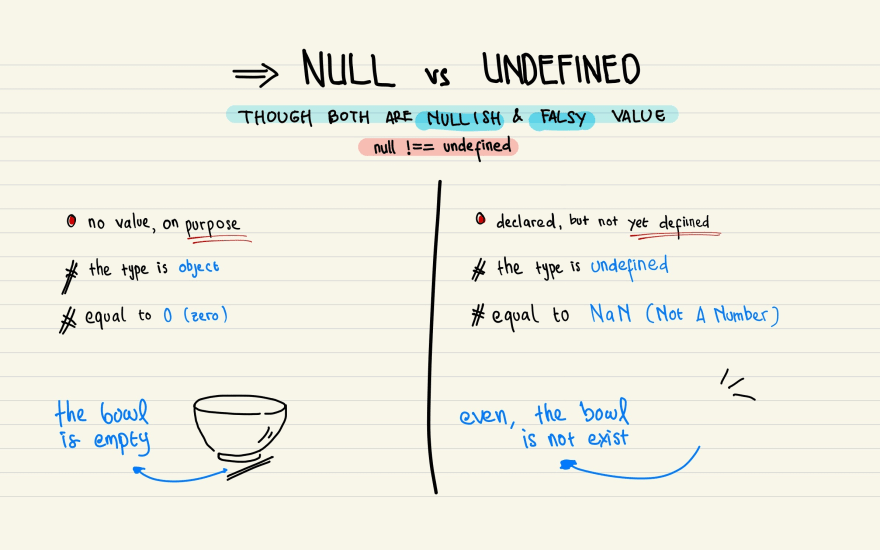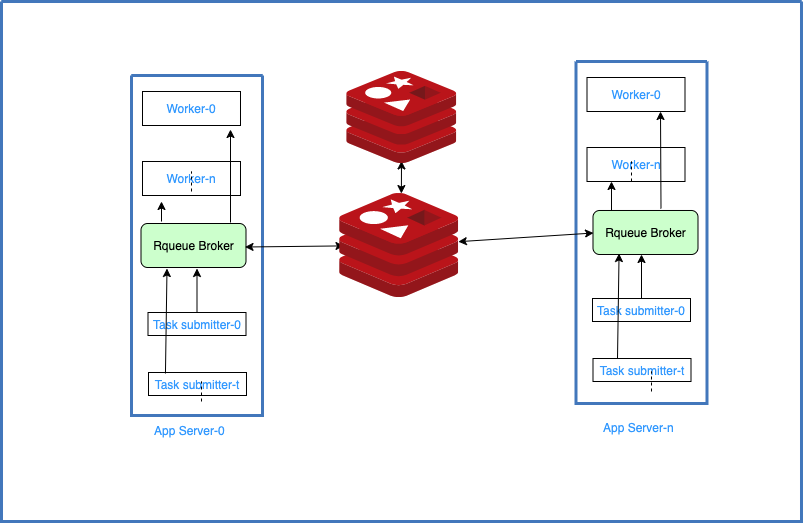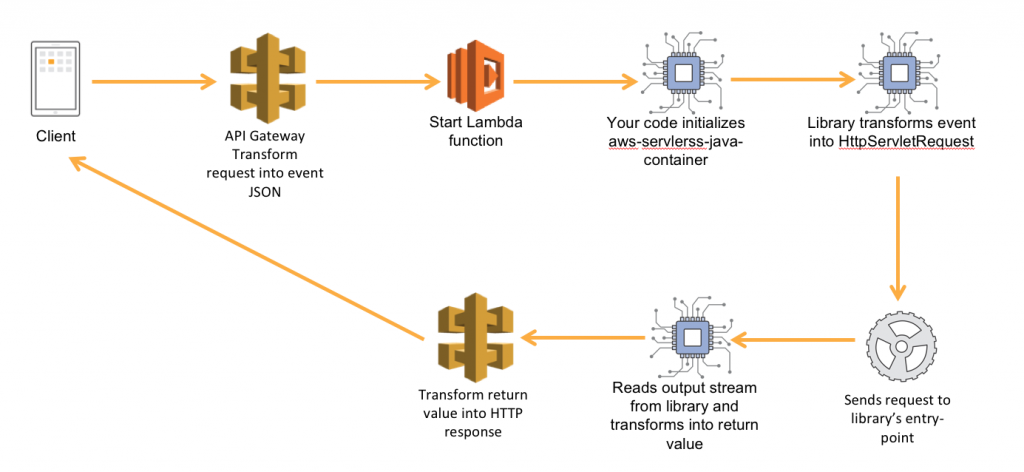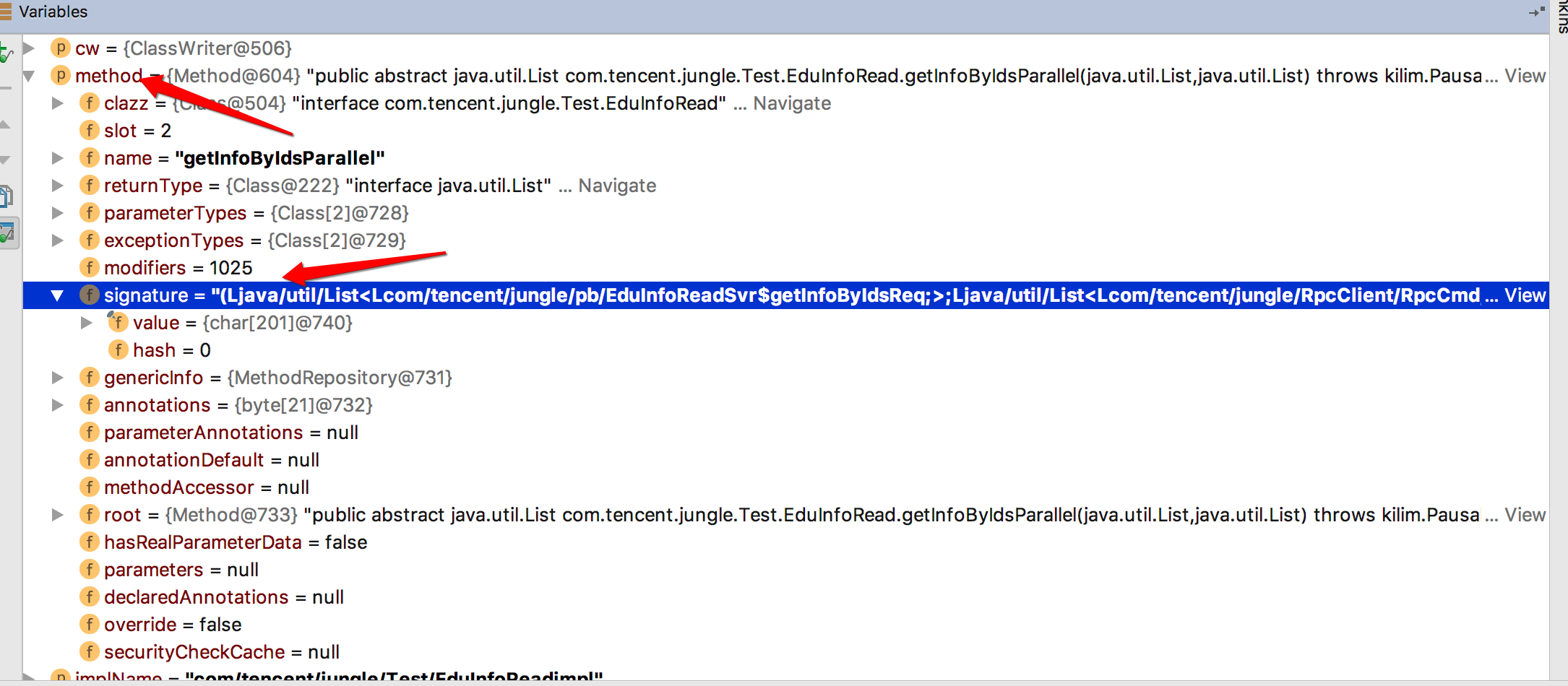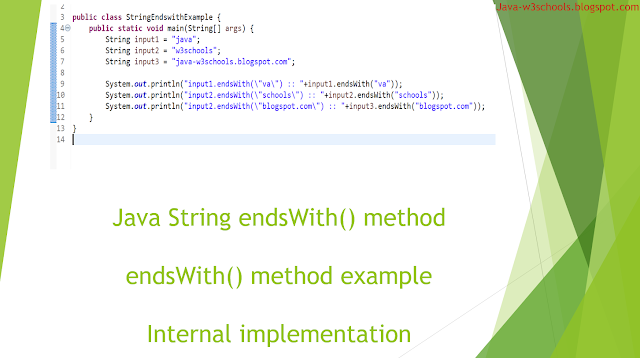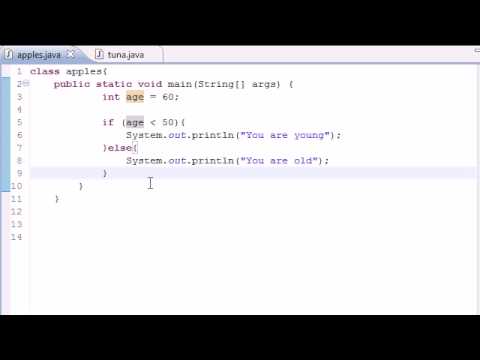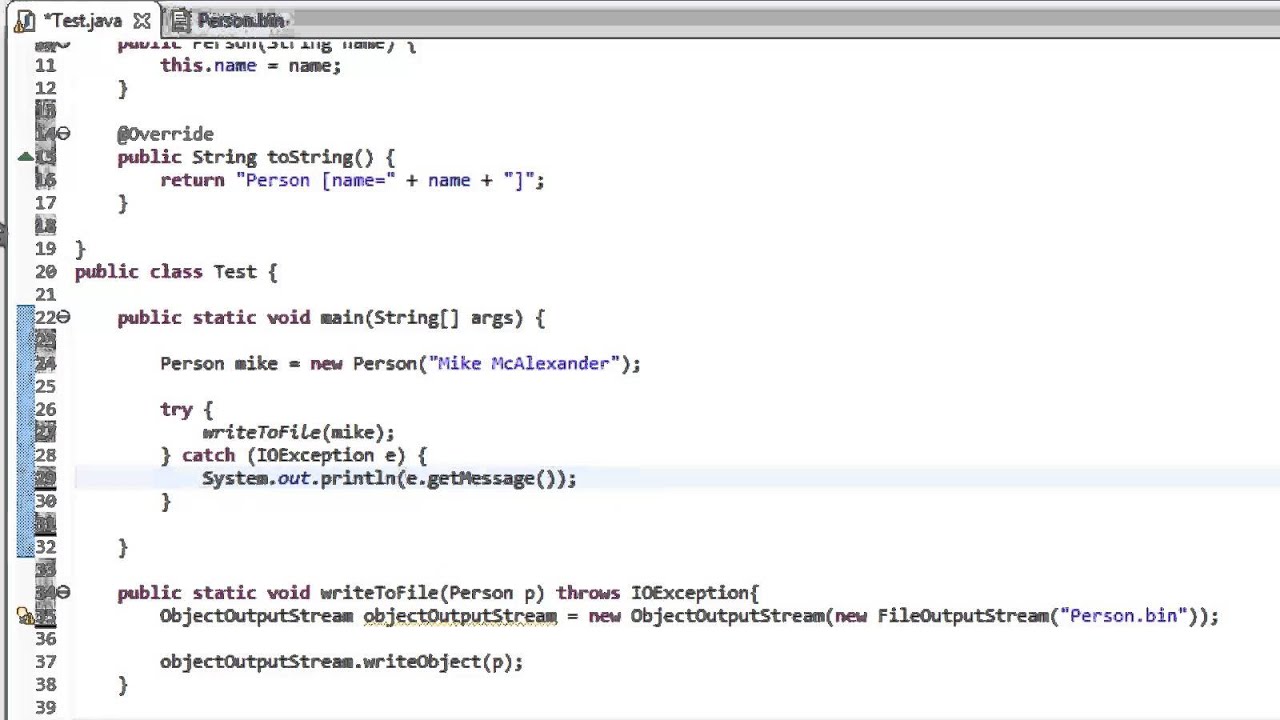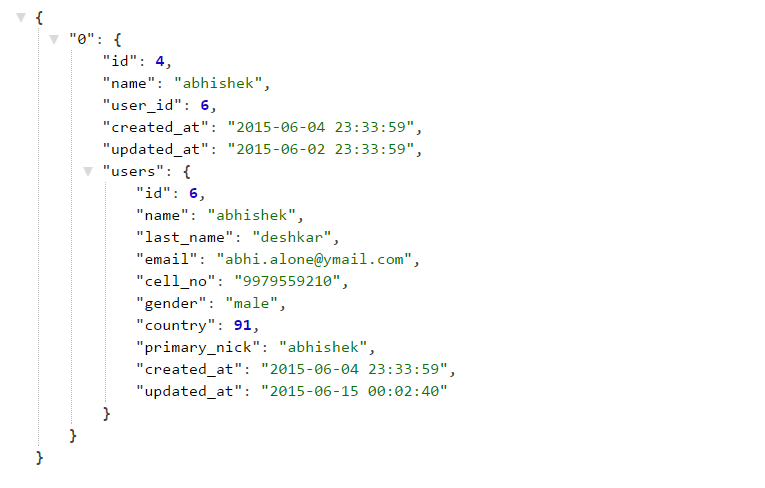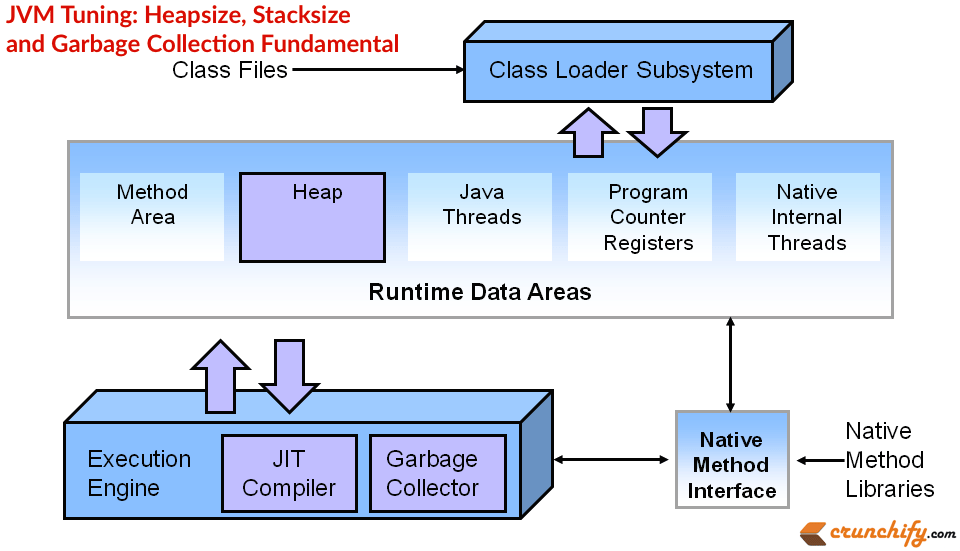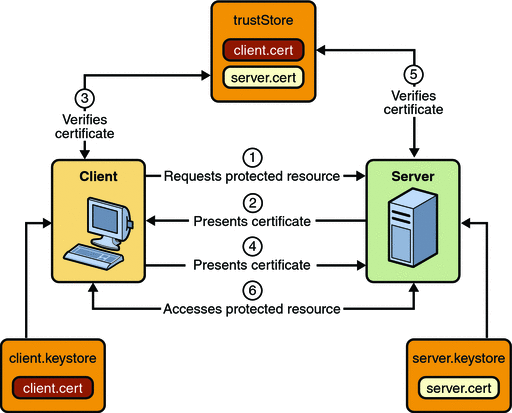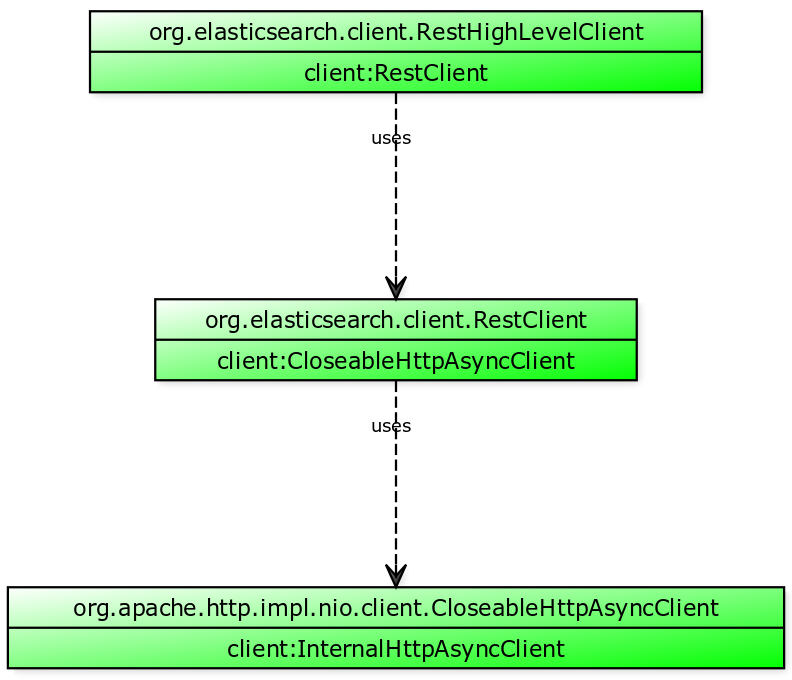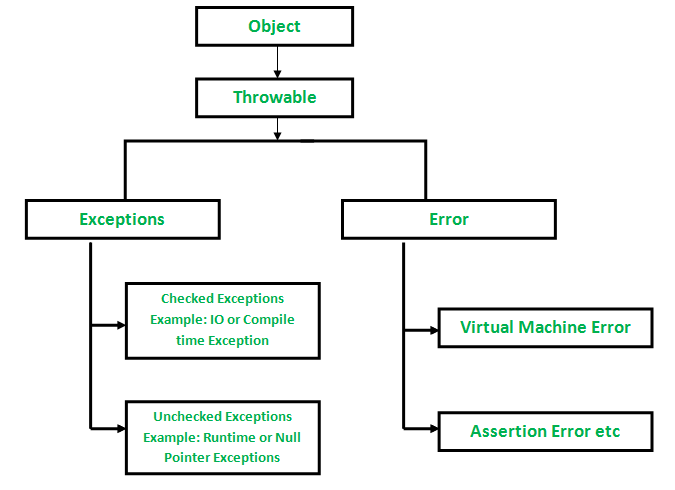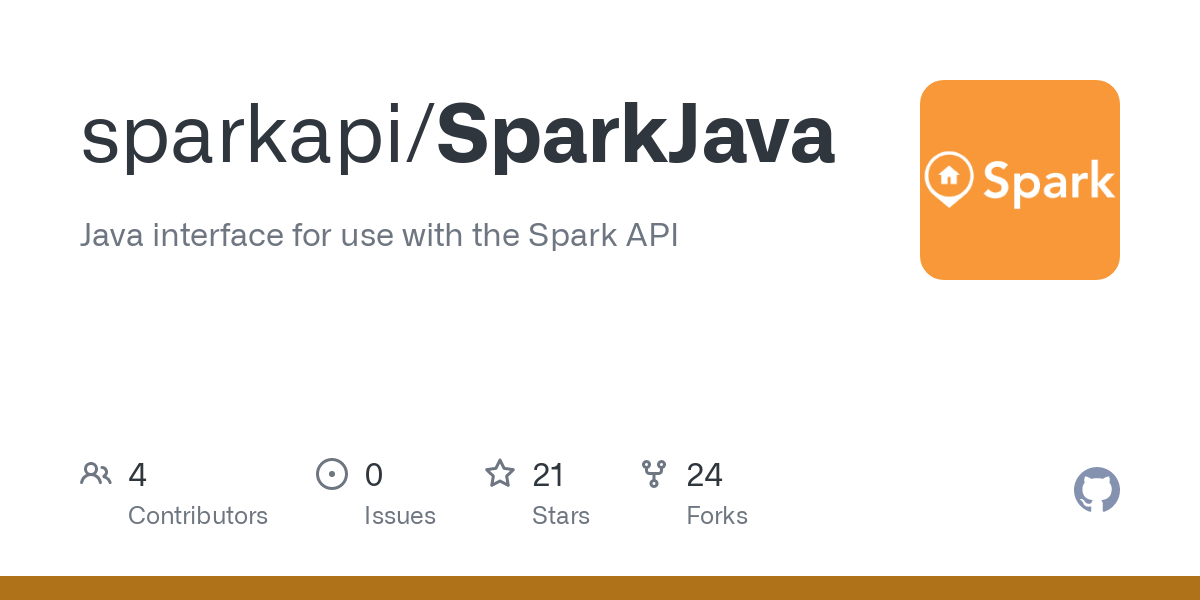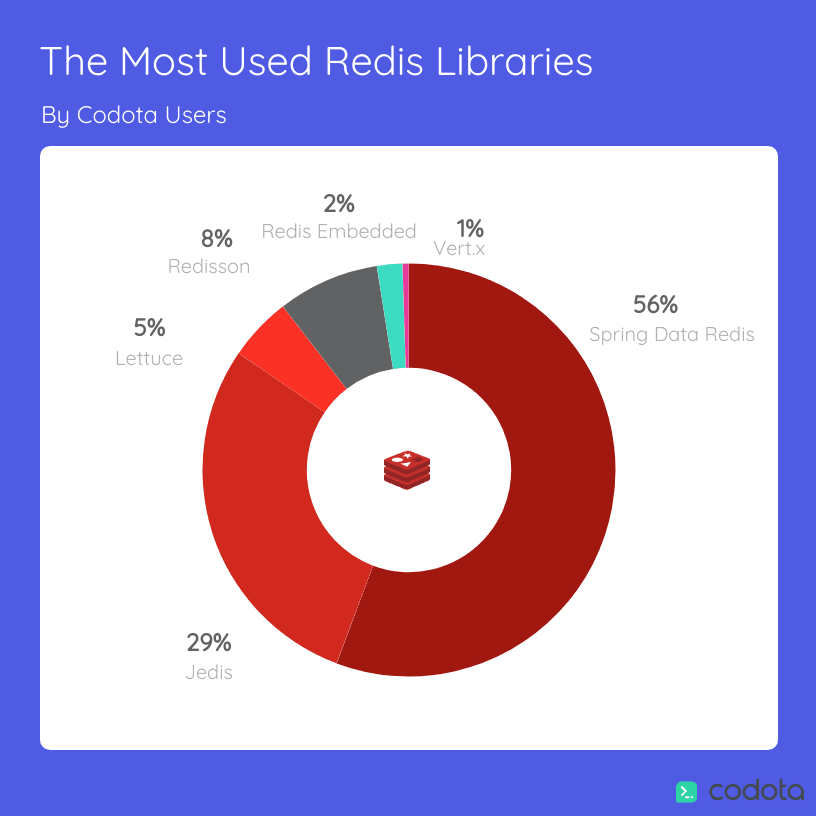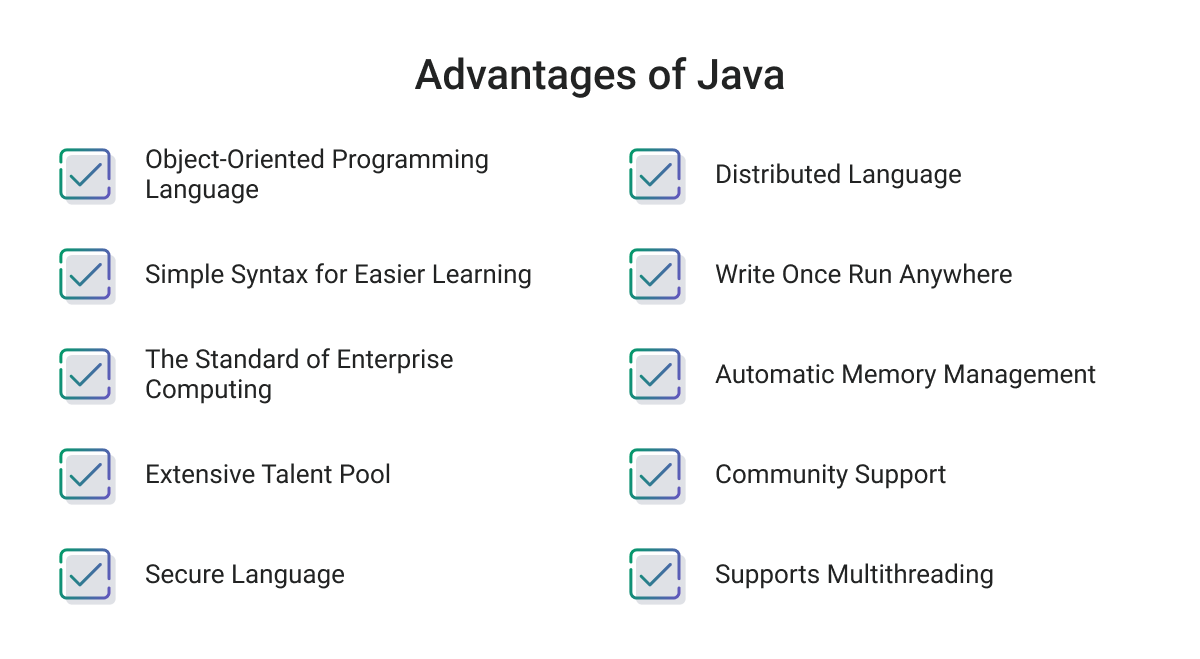When to use @inject in Java?
When to use @inject in Java?
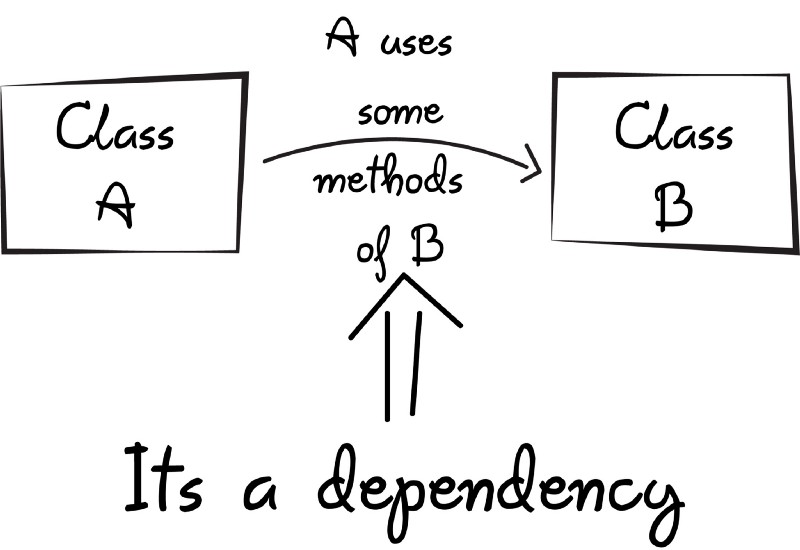
I'm happy to help you with that!
The @Inject annotation in Java is used for dependency injection, which is a pattern where objects are created outside of their own constructors and are instead handed over to the constructor through an interface. This allows for decoupling of classes from specific implementations, making it easier to test and maintain.
You use the @Inject annotation when you want to:
@Inject, you can swap out dependencies for test-specific implementations, making it easier to write unit tests. Use inversion of control (IoC) containers: IoC containers, like Guice or Spring, use @Inject annotations to manage object creation and dependency injection.
Some common scenarios where you might use @Inject include:
@Inject to inject dependencies like HTTP clients, database connections, or other services into your controllers or REST endpoints. Microservices: When working with microservices, you might use @Inject to connect different services and allow them to communicate with each other.
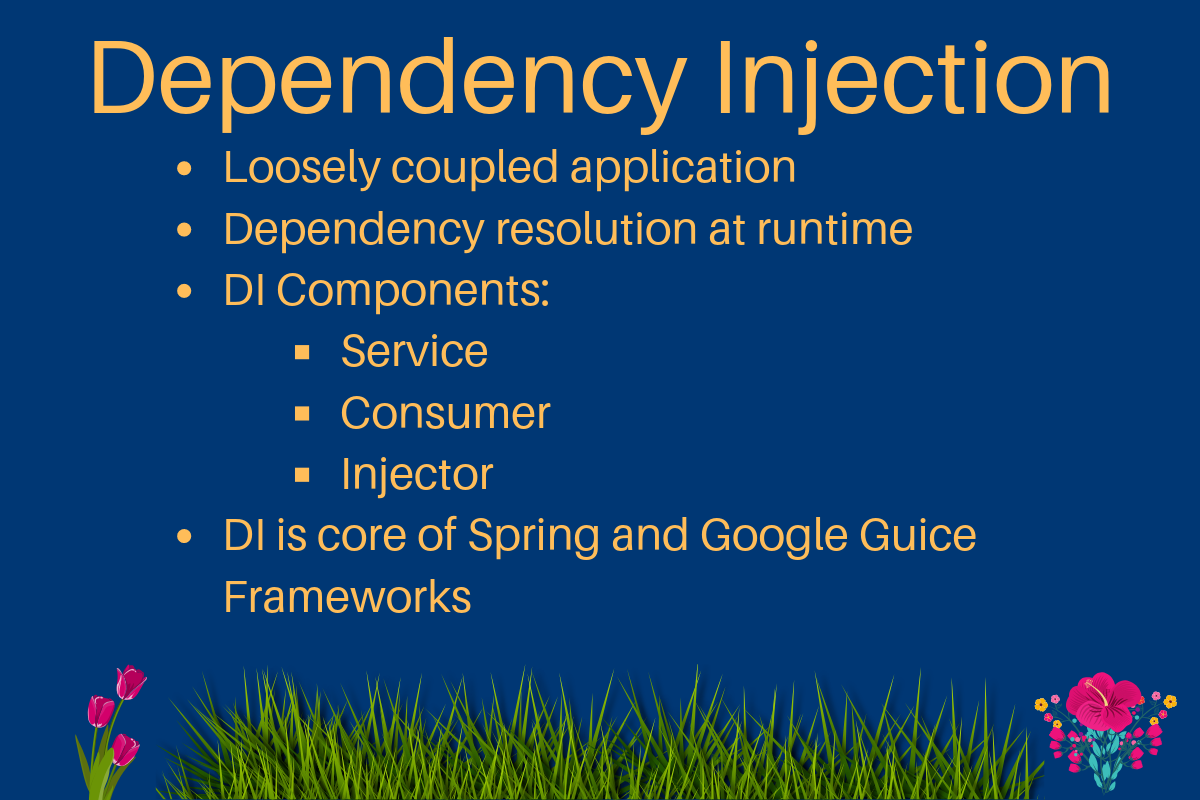
To illustrate this further, let's consider a simple example. Suppose we have an EmailService class that needs to send emails using an SMTPClient. Without dependency injection, our EmailService would need to create its own SMTPClient instance, which might not be desirable:
public class EmailService {
public void sendEmail(String to, String subject) {
SMTPClient client = new SMTPClient("smtp.example.com", 25);
// Use the client to send the email
}
}
By using @Inject and a dependency injection framework like Guice, we can decouple our EmailService from the specific implementation of SMTPClient:
public class EmailService {
@Inject
private SMTPClient smtpClient;
public void sendEmail(String to, String subject) {
// Use the injected client to send the email
}
}
In this example, Guice would create an instance of SMTPClient and inject it into our EmailService, allowing us to use the service without worrying about the details of how emails are sent.
Overall, using @Inject in Java is a powerful way to manage dependencies between classes and make your code more modular, testable, and maintainable.
Java Spring dependency injection
Here's a detailed explanation of Java Spring Dependency Injection (DI):
What is Dependency Injection?
In traditional programming, when you want to use an object B inside another object A, you would create an instance of B within A's constructor or method. This approach is known as Tight Coupling, where object A is tightly coupled with object B. However, this can lead to problems like:
Difficulty in changing or replacing one part without affecting the entire system High coupling between objects, making it harder to reuse or test individual componentsDependency Injection (DI) is a design pattern that addresses these issues by decoupling objects from each other. Instead of creating an instance of B within A, you let some external entity create and manage instances of B, making A dependent on the injected instance.
How Does Spring Implement Dependency Injection?
Spring framework provides a robust implementation of DI using its own IoC (Inversion of Control) container. This allows for loose coupling between objects, making it easier to maintain, test, and extend your application.
Here are the key concepts in Spring's DI:
Beans: In Spring, you define beans as objects that require dependencies. Beans can be Java classes or any other type of object. Container: The Spring IoC container is responsible for managing bean instances and their dependencies. You configure the container using XML files or Java annotations. Dependency Injection: The container injects dependencies into your beans, eliminating the need to create or manage them yourself. Autowiring: Spring provides autowiring mechanisms that automatically detect and wire up dependencies between beans.Benefits of Using Spring's Dependency Injection
Loose Coupling: Objects are decoupled from each other, making it easier to change or replace one part without affecting the entire system. Improved Testability: With DI, you can easily test individual components in isolation, improving overall application testability. Reusability: Decoupled objects become reusable and more modular, allowing for easier maintenance and extension of your application. Easier Configuration: Spring's XML configuration or Java annotations make it simple to define dependencies and wiring.Example of Dependency Injection in Spring
Consider a simple example where you have a Calculator class that depends on an instance of MathService. You can use Spring's DI to inject the MathService instance into the Calculator bean:
In this example, the Calculator bean has a constructor that accepts an instance of MathService. Spring's DI container creates and injects the MathService instance into the Calculator bean when requested.
Conclusion
Spring's Dependency Injection provides a powerful way to decouple objects from each other, improving loose coupling, testability, reusability, and configuration simplicity. By using Spring's DI, you can write more maintainable, extensible, and scalable applications with ease.
